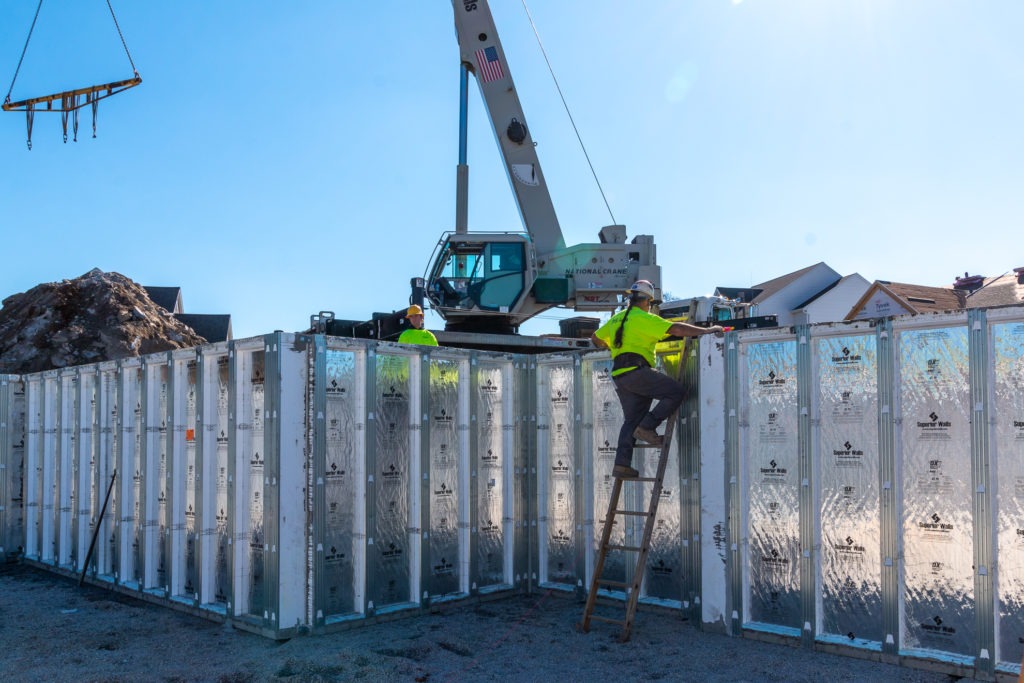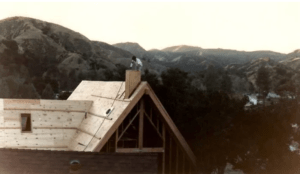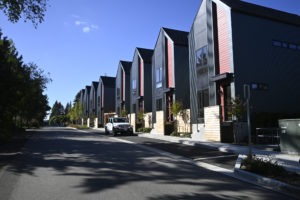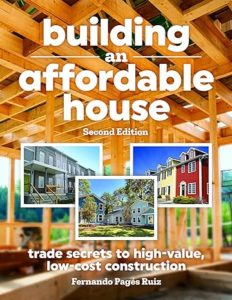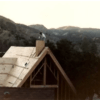When it comes to cutting construction costs, foundation cost-saving strategies are often overlooked. But they shouldn’t be.
Most residential foundations are oversized, overengineered, and more expensive than they need to be. Whether you’re building your own home or managing a development, foundation cost-saving strategies can unlock thousands of dollars in savings—without compromising structural integrity or code compliance.
Foundation Cost-Saving Strategies & Overbuilt Foundations
Construction norms and outdated assumptions still drive many decisions. Here’s what’s actually happening:
A standard 12-inch-square concrete footing can handle over 40,000 lb./sq.ft.
Most one-story homes exert under 2,000 lb./linear foot
Many sites can safely support 3,000–4,000 lb./sq.ft.—yet engineers design for 1,500–2,000 by default
Oversizing adds costs in concrete, rebar, excavation, labor, and even permits.
1. Get a Soil Test and Reduce Waste
Soil testing costs around $400 and is one of the smartest pre-construction investments you can make. It tells you:
The actual bearing capacity of your site
Whether you can downsize your footings and walls
If you can eliminate steel reinforcement or deep excavation
Informed value engineering can reduce footing width by 25–35%, saving hundreds or even thousands per build.
2. Skip the Footings Where Possible
In many cases, footings are unnecessary.
Stem walls and monolithic slabs distribute load directly into the soil
Gravel beds offer a level, well-drained support base with no concrete required
Removing footings can save up to $3,600 per house, depending on region
Instead of digging trenches and pouring extra concrete, build smarter with a foundation system matched to your site’s actual conditions.
3. Use Admixtures Like Fly Ash and Slag
Portland cement is the most expensive and carbon-intensive ingredient in concrete. Reduce cost and emissions by using:
Fly ash (costs $15–$40/ton)
Ground granulated blast-furnace slag (similar pricing)
By replacing up to 65% of cement, you reduce cost while increasing long-term strength. Most ready-mix plants already offer blends with SCMs (supplementary cementitious materials). You just need to ask.
4. Replace Rebar with Fiber
Modern fiber-reinforced concrete matches or exceeds the performance of rebar and mesh—at lower cost and with less labor.
Great for slabs, driveways, sidewalks, and even basement floors
No tying, lifting, or support needed—fibers are mixed in at the plant
Fibers reduce cracking, shrinkage, and labor headaches
Products like FiberMesh or steel/synthetic blends are approved under code and can save up to 30% in reinforcement-related costs.
5. Avoid Deep Basements When You Don’t Need Them
Going deeper increases costs exponentially:
Every foot of additional basement depth increases lateral soil pressure by nearly 50%
Excavation, backfill, and wall reinforcement costs climb fast
Instead, consider:
Crawl spaces or shallow basements
Partial-depth “daylight” basements with 4–6 ft. walls
Raised ranch plans that balance usability and cost
Reducing basement depth is one of the most immediate and effective ways to cut construction costs.
6. Customize Your Concrete Mix
Ready-mix plants often default to high-strength, high-cement mixes. But for most foundation work:
1,500–2,000 psi concrete is sufficient
Larger aggregates (like ¾” rock) reduce the need for cement
Water reducers improve workability without sacrificing strength
By adjusting your mix and removing unnecessary performance specs, you can reduce concrete costs by $8–$12 per yard.
7. Consider Smarter Systems
Not all foundations need to be poured on site. These alternatives can save money, time, or both:
| System Type | Key Benefits |
|---|---|
| Precast Concrete | Fast install, factory quality, built-in insulation |
| Treated Wood | Lightweight, easy to modify, ideal for dry climates |
| Stem Walls | No footing needed, good drainage, less excavation |
| Post-Tensioned Slabs | Handles expansive soil, thinner slab, reduced cracking |
| ICFs / SIPs | Superior insulation, fast installation |
Each has its use case, and in the right region, these systems can dramatically lower build costs.
Final Thought: Don’t Pour Your Profits Into the Ground
Too many builders treat foundation costs as fixed. They aren’t. A little investigation—into your soil, your materials, and your structural design—can yield serious savings.
Whether you’re building one home or managing multiple projects, adopting smarter foundation strategies can shave off 5–10% of total construction costs.
Read: Single-Stair Multifamily Housing for the I-95 Corridor and Beyond
